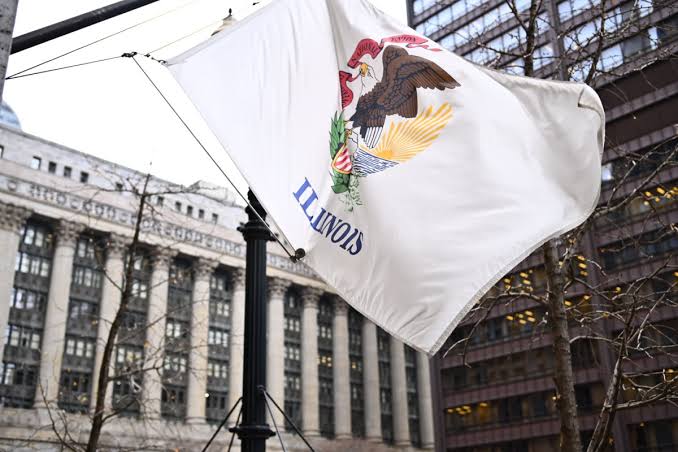A movement to carve out a new state from Illinois is gaining steam, and its supporters are preparing for what could be a defining moment. A coalition of activists and local leaders, frustrated with the direction of state politics, is set to gather at an upcoming convention to discuss the future of their proposed breakaway state. But as the movement grows, so do the tensions surrounding it.
The push to separate from Illinois has long simmered in rural and conservative-leaning regions of the state, where many residents feel overshadowed by Chicago’s influence. Advocates argue that the policies coming from the state capital in Springfield are driven by the city’s politics, leaving downstate communities voiceless. Now, with rising discontent over taxes, crime, and governance, the movement is gaining real traction.
Organizers of the upcoming convention are keeping details under wraps, but sources say the gathering will bring together key figures who have been quietly laying the groundwork for years. Some believe this could be the first step toward a formal legislative push, while others warn that the movement may stir division within the state. The question now is: how far are these activists willing to go?
The idea of breaking away from Illinois is not new. Proposals to split the state date back decades, but they have never gained enough political momentum to succeed. This time, however, proponents say the situation is different. The growing national divide, coupled with economic struggles and political frustration, has fueled a renewed sense of urgency. Could this be the moment when talk turns into action?
State officials in Springfield have largely dismissed the movement as a fringe effort with little chance of success. Yet, behind closed doors, some lawmakers are reportedly concerned. If the convention sparks a larger grassroots movement, it could force the state government to take the secessionists more seriously. Could Illinois soon face a political crisis unlike any in its history?
Critics argue that carving out a new state would create more problems than solutions. The financial and logistical hurdles alone could be insurmountable. How would assets be divided? Would the federal government even recognize a new state? And perhaps the most pressing question—would this movement inspire other regions to follow suit?
As anticipation builds for the convention, rumors swirl about what might happen next. Will the movement gain the political backing it needs to move forward, or will internal divisions derail it before it even begins? Some believe that a major announcement could be made at the gathering—one that might send shockwaves through Illinois politics.
Whatever happens, one thing is certain: tensions are rising. As the date of the convention approaches, all eyes are on the secessionists and their next move. Will they succeed in reshaping Illinois, or will their efforts be met with fierce resistance?
With the stakes higher than ever, the battle over Illinois’ future is only just beginning. And as the convention looms, one question lingers: is the state about to witness history in the making—or the start of a political storm that no one can control?
